Close your eyes. Close your eyes and imagine if you were forced to leave everything you knew behind, a split second decision with no time to pack. Imagine not being allowed to return home because your neighborhood Soviet nuclear power plant has just exploded. Imagine that less than a mile away, the world’s worst nuclear disaster has taken place.
It is April 25, 1986: The Chernobyl Nuclear Disaster.
Enough has been documented about what went wrong at the plant: An unnecessary (and ironic) safety procedure was being carried out one morning and in a smorgasboard of a perfect storm, everything went to hell and the plant exploded. First responders who came to help put out the fires and clean up the debris died within hours of acute radiation poisoning. Pilots who flew sandbags back and forth to the area to smother the flames and radiation died within days. Miners who dug tunnels to patch up the leaking molten radioactive lava died never lived past 40. Entire generations in the Eastern European bloc would suffer from radiation sickness worth 400 atomic bombs.
The entire population of the nearby town of Pripyat were forced to evacuate their homes within 3 hours of notice, packing only a passport and nothing larger than a suitcase. Although they were reassured they would be allowed to come back in a few days, they never did.
Today the plant continues to be contained by worldwide efforts with production of a new steel sarcophagus to support the already existing but crumbling concrete slabs that’s keeping in the radiation. Pripyat and its iconic amusement park, remains a true ghost town in every sense of the word.
The question on most people’s minds would be: is it safe to visit? The short and only answer everyone needs to hear is: Yes, it is. A Geiger counter we had with us measured radiation levels to be less than what it was in the capital of Kiev. And it was even far less than the radiation anyone would get when flying on an airplane. Although there are certain hotspot areas that are restricted, the places where you are allowed to visit are certainly kosher.
We even ate lunch at the site:
Chernobyl has been a destination for curious, alternative, “off the beaten path” travelers for many years now, and there have been no reports of radiation poisoning given that the appropriate responsibilities are ensured. And since the new steel sarcophagus is due to be completed by the end of this year, this would be our last chance to see the Chernobyl plant in its freeze-frame snapshot as how it looked like exactly as it did on April 25, 1986.
The tour lasts about 4.5 hours and is about a 2 hour drive north from Kiev.
Pripyat is one of those oppotunities of seeing what happens if time all of a sudden stopped. Pots still on the stove, newspapers half read still on the dining table, children’s toys strewn about on the floor…like North Korea, this is the closest we’re ever going to get to time travel, short of actually having a time machine.
Heading onwards further deeper into town, we came across the abandoned town theater, which we decided to spelunk.
Anyone who’s played Call of Duty Modern Warfare (I know I know) will recognize this iconic Ferris Wheel. This is it!
After seeing the Ferris Wheel, it’s was getting dark. For anyone who endured the horror movie “The Chernobyl Diaries” will know why it’s a bad idea to stay after dark. Nobody wants monsters chasing after them on their winter vacation.
Afterwards they do the responsible thing and check if our radiation levels remains in the safe range before letting us go back home.
Say what you will about visiting Chernobyl, but it’s a completely different thing to see pictures instead of actually being there. It’s a different feeling to be able to smell the air and feel the snow crunching beneath your feet, as pictures you once saw in history textbooks and on Google Images come alive before your eyes.


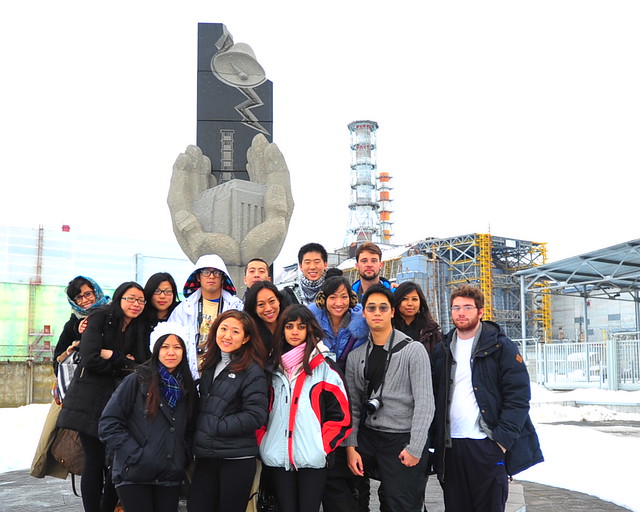
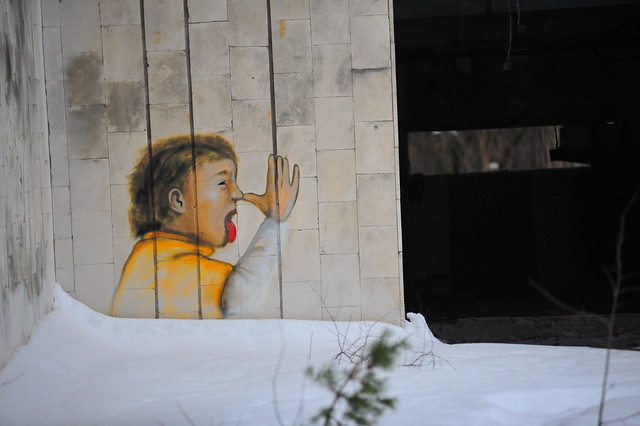
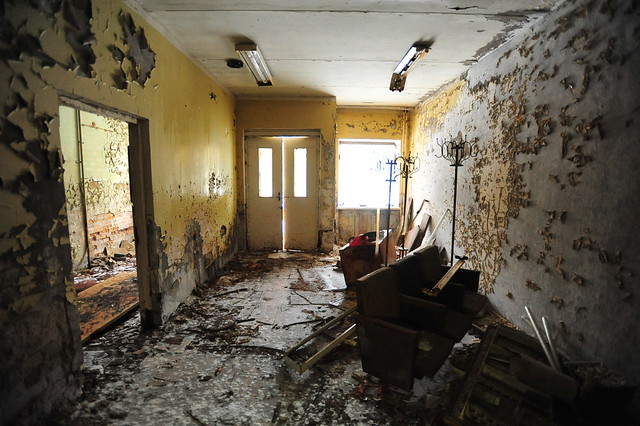
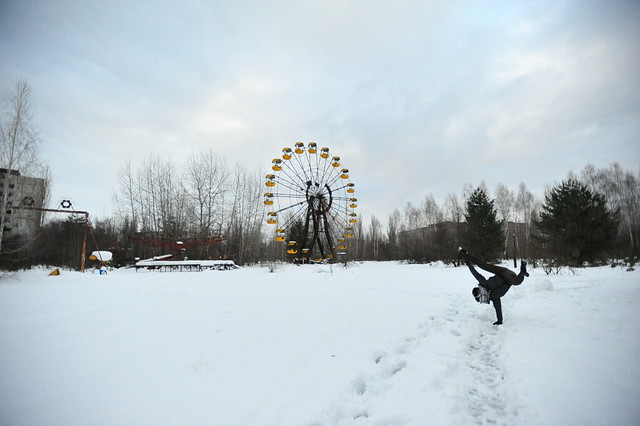
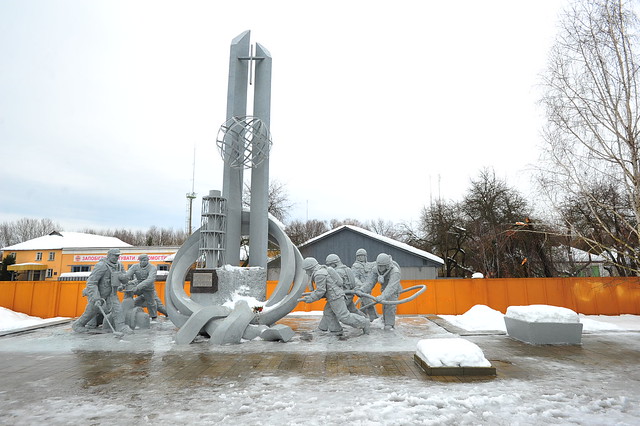
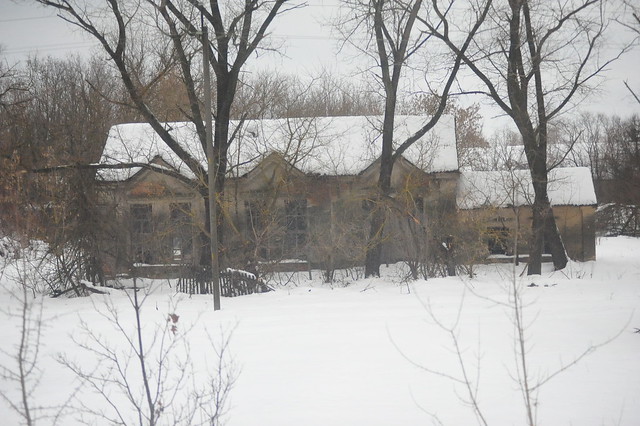
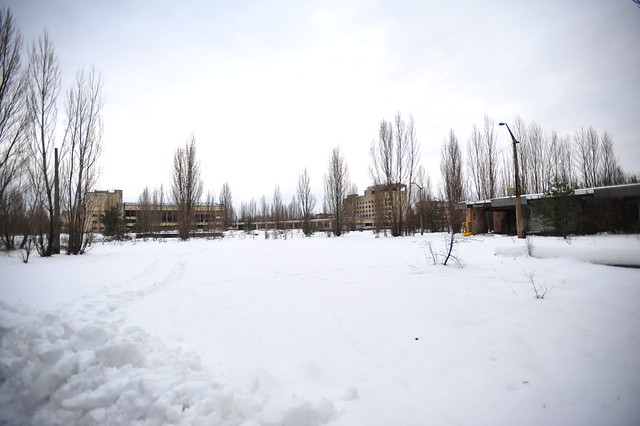

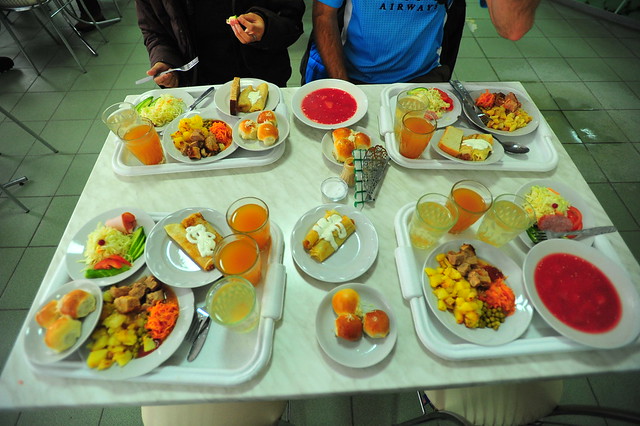
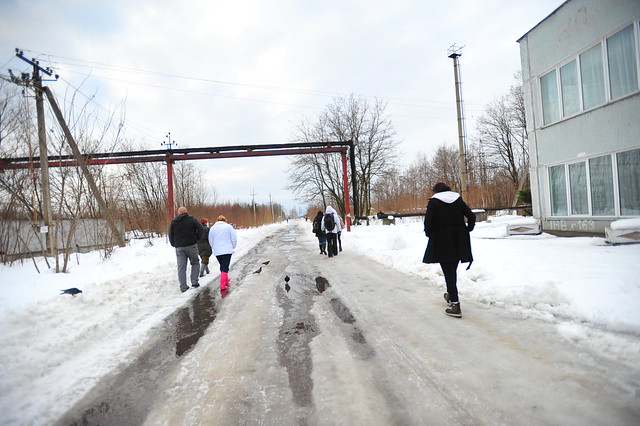
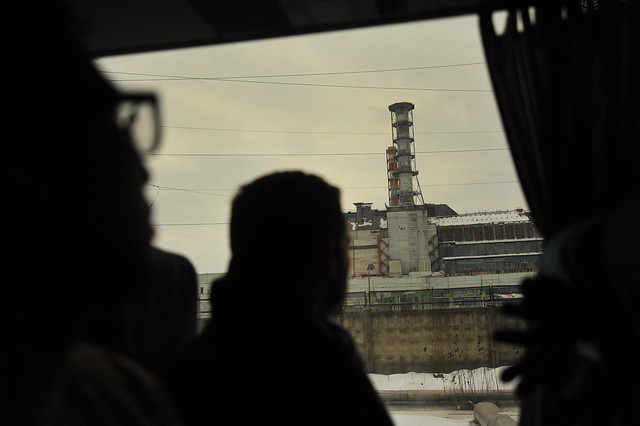
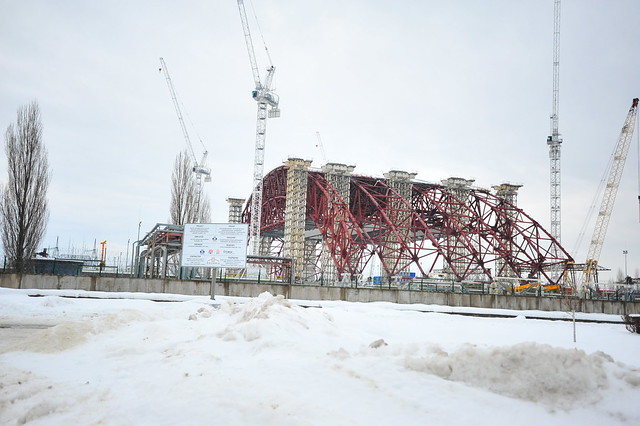

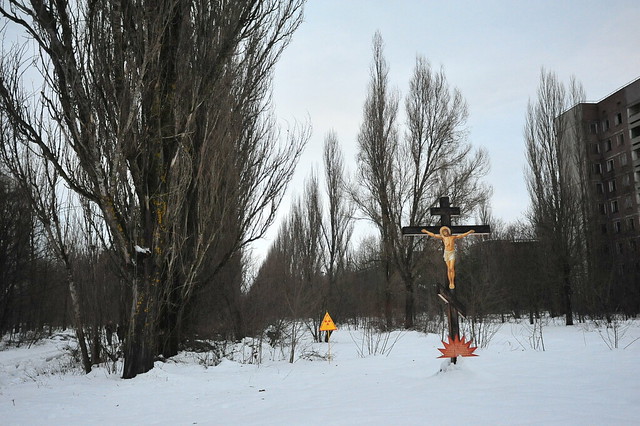

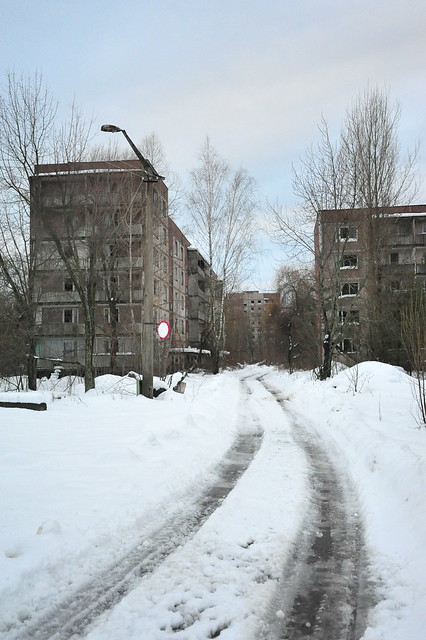

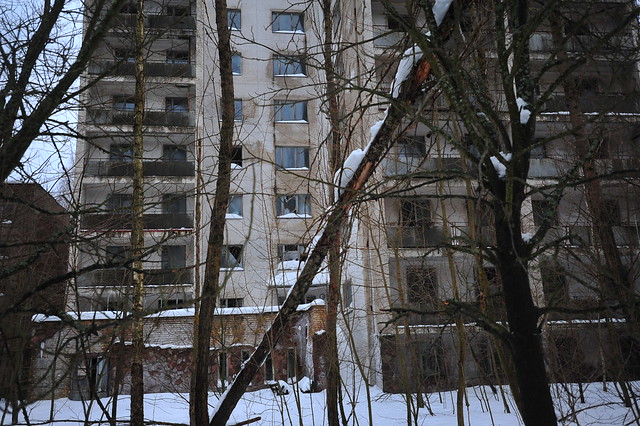
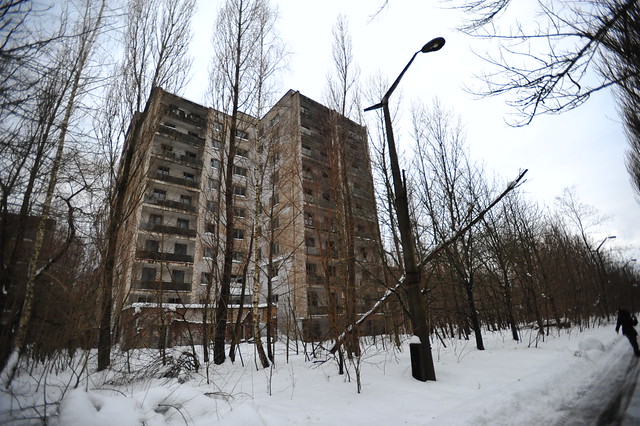
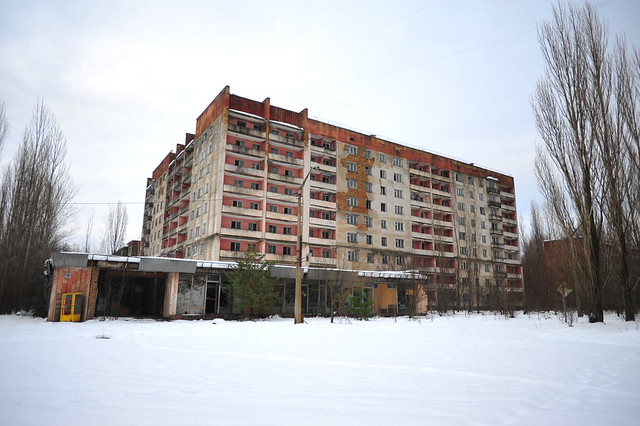
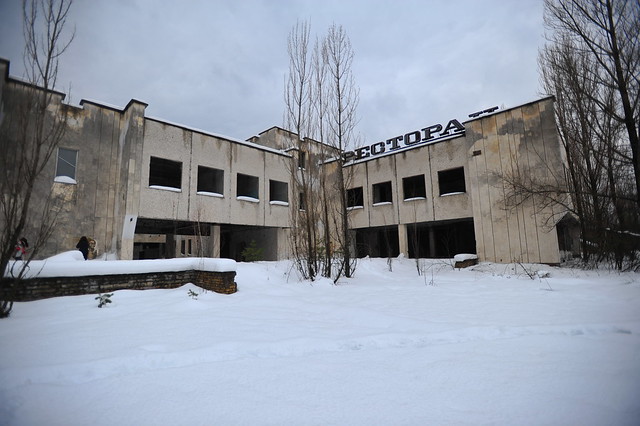
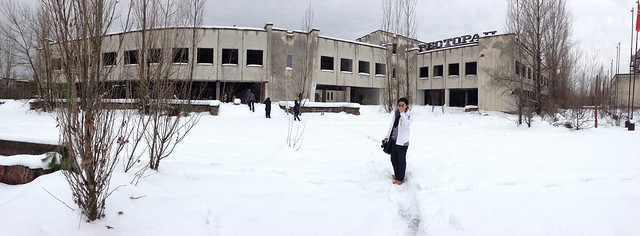
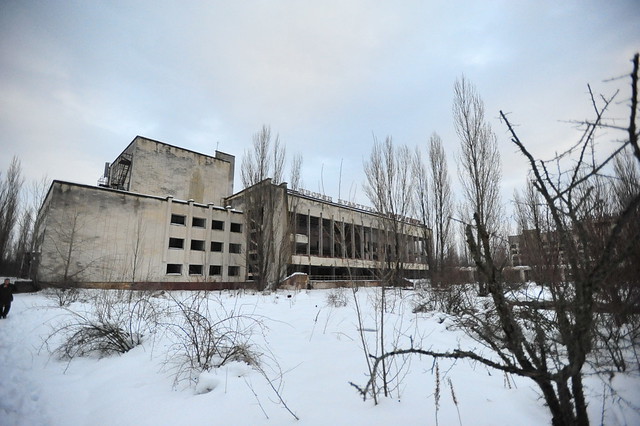
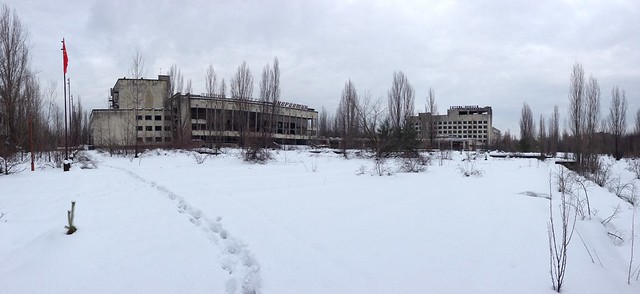

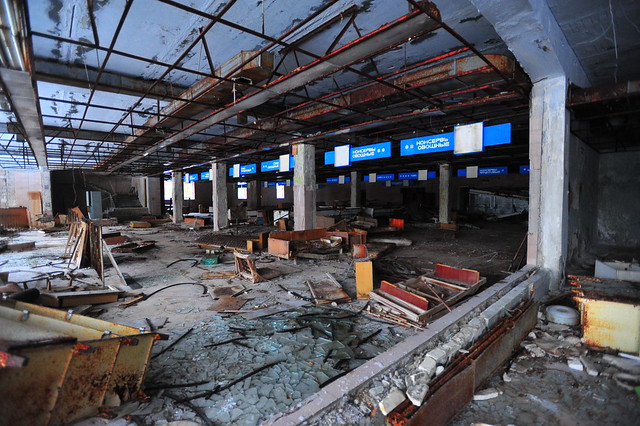
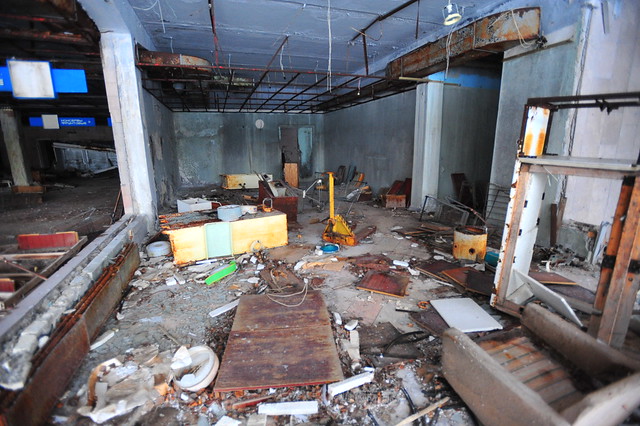

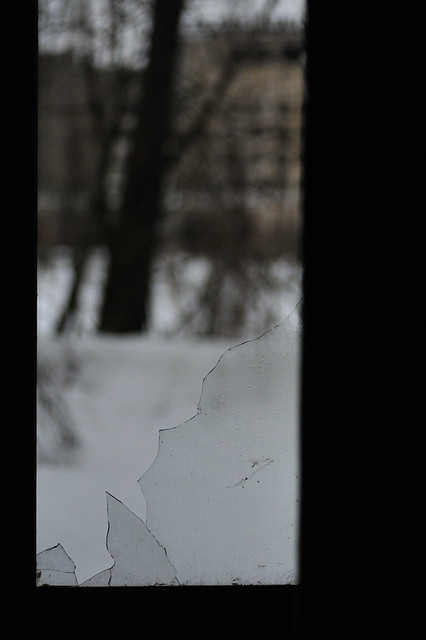
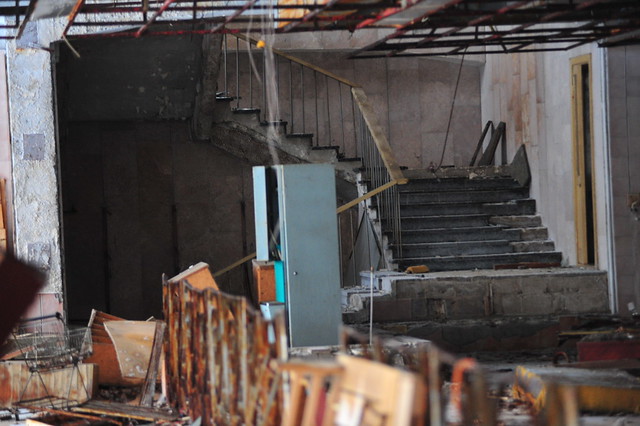
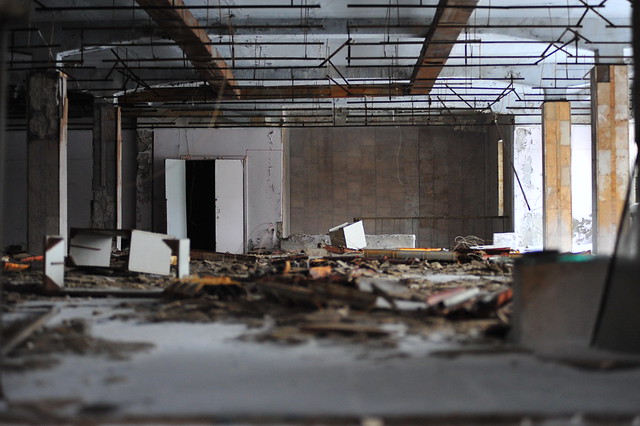
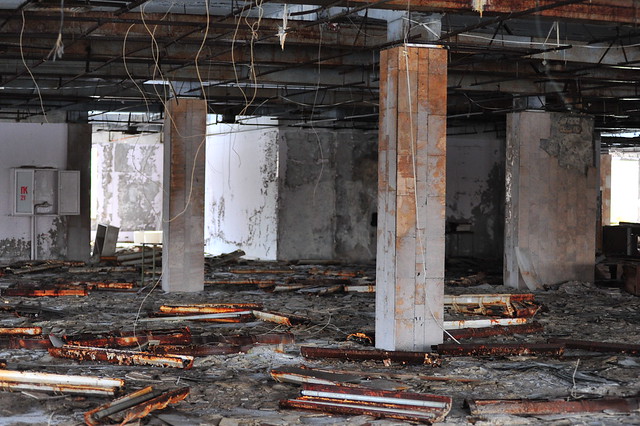

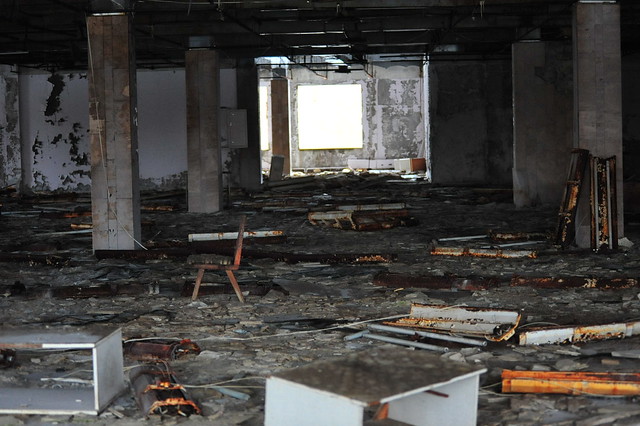


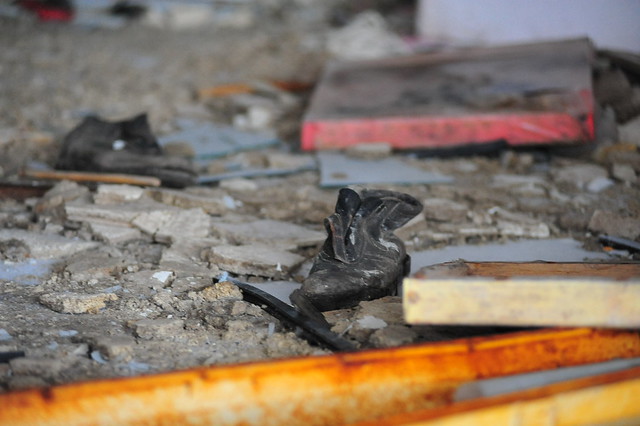
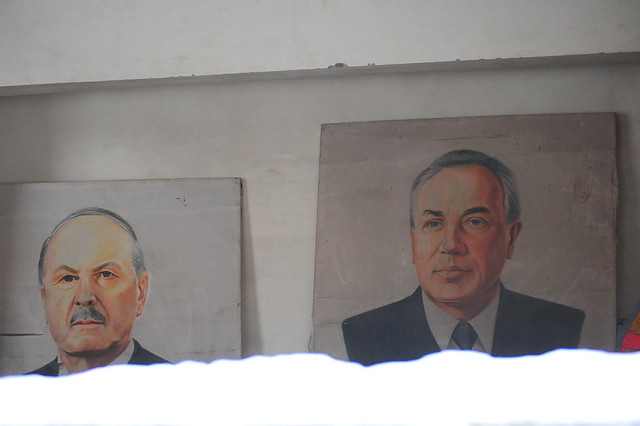
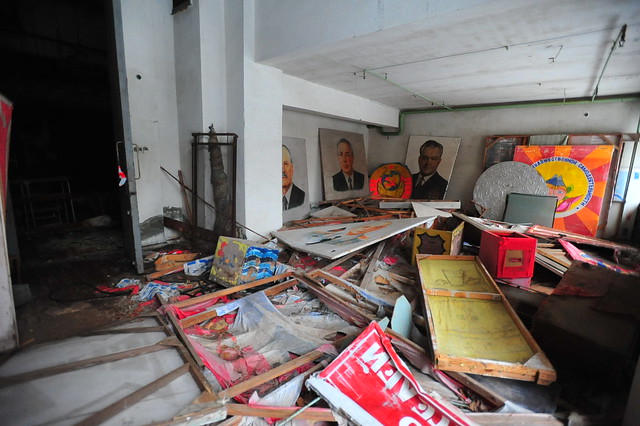

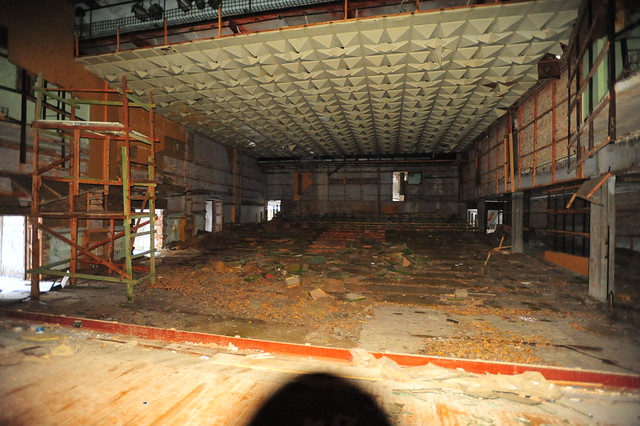
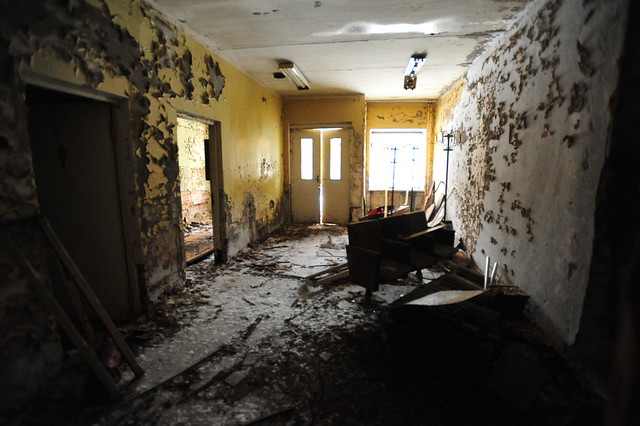
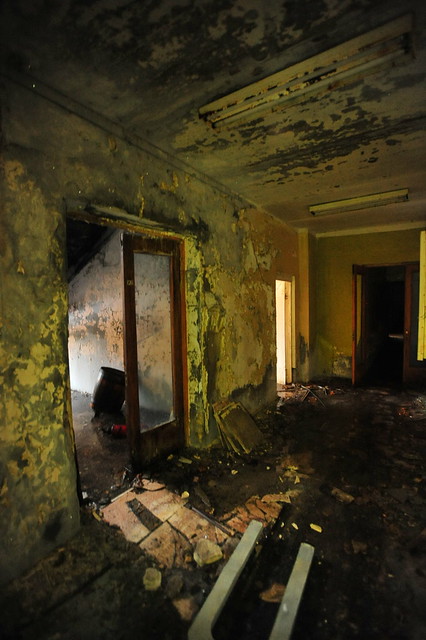
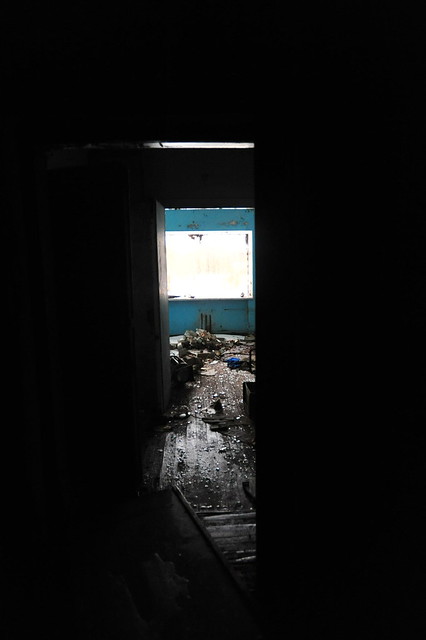
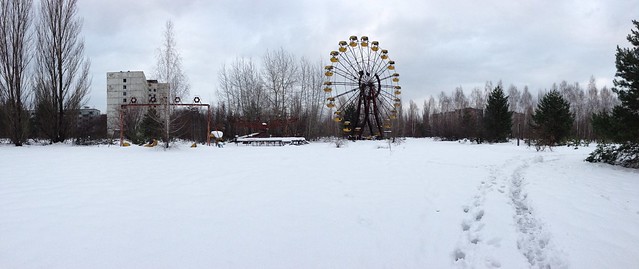
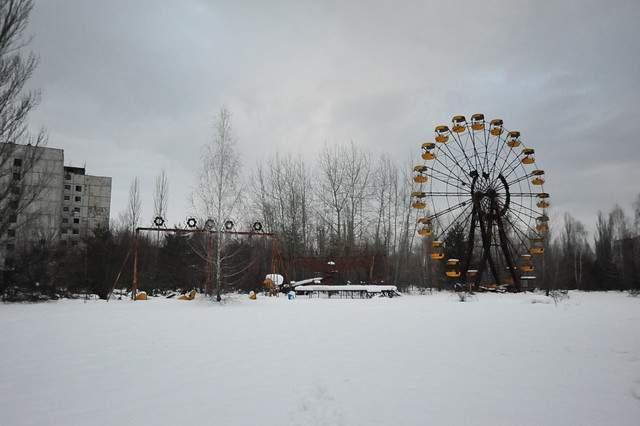


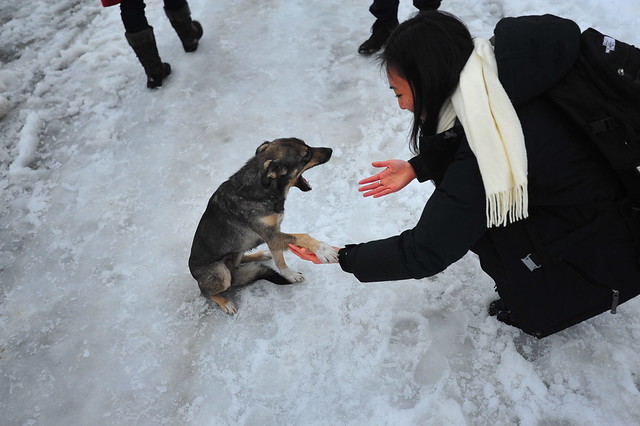
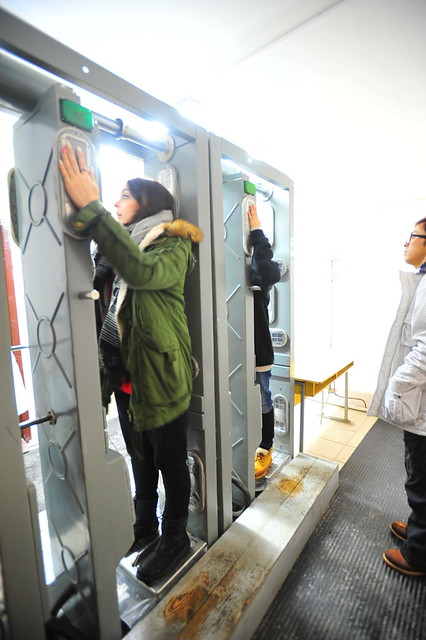
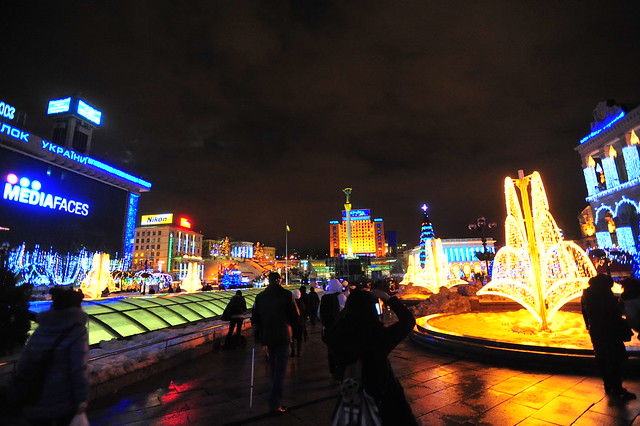




Trackbacks/Pingbacks